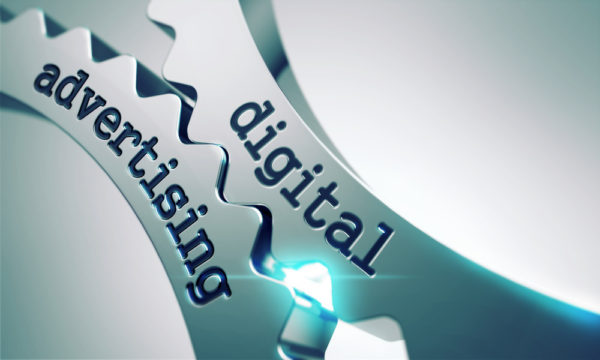A smartly developed mobile application can help level the playing field between companies of any size. The key to success lies in the quality of the user experience (UX). If a customer has a meaningful interaction, there is a better than average chance they will return to your company’s application.
Here are 5 key advantages of a mobile application for any small business:
- Access to the customer at all times – Possibly the greatest advantage is being able to interact with your customers in a truly meaningful way. The mobile app allows the consumer to decide when they are primed for your specific service or product. The user decides when and to which extent they are willing to interact with you.
- Marketing – Develop a meaningful relationship with the customer. A quality user experience (UX) will allow you to provide an interactive relationship that cannot be developed through other media. Take this opportunity to market not only your product but more your industry to your customer. By providing additional information and resources, the customer will probably engage your application for a longer period of time. More attention directed toward your application can often equal more revenue generated by that customer base. Think of this as a digital version of the free classes provided by home improvement stores. They’ll hire an expert to teach a free class on tiling or plumbing. When class is over, all of the students start grabbing tools and supplies off the shelves. It provides a great ROI.
- Direct customer feedback – the amount of real-time data gathered by your app has a value that extends far beyond simple transactions. It reaches the very mindset of the consumer. You are able to decipher the specific wants and needs of the user.
- Craft your product to interact with a specific audience – Most media sources provide a one-sided relationship. Mobile applications allow you can craft an interactive product that targets a finite audience, with a specific interface. No other format allows for such an engaging experience. Creating a truly rewarding user experience must be “Goal #1”.
- Brand Identity – Crafting your brand requires a labor of love. It takes time and commitment to craft a brand with whom the consumer truly identifies. Your brand includes a living, breathing relationship with your customer. Be sure to respect your customer as you would any relationship. By providing truly remarkable user experiences, your audience will return time and again to your app.
Separating yourself from the competition takes a quality product, planning, and skill. The interactive relationship you develop with your customers will help determine your future growth. Don’t leave that development to chance. Never take your relationship with your customers for granted. The greatest downfall of many companies is to negate their customers’ true wants and needs, in favor of their own vision of the same. Being blinded by your own biases can be a very costly mistake.
Success is built upon many well-measured steps. When you are ready to take your first steps in the development process, contact Colure’s Project Managers to explore your vision of success.

























![Advertising Budgets 2016: 4 Trends You Need To Know [Infographic]](https://www.mdgadvertising.com/blog/wp-content/uploads/2015/09/2016_Advertising_Trends_1000_compressed.jpg)



